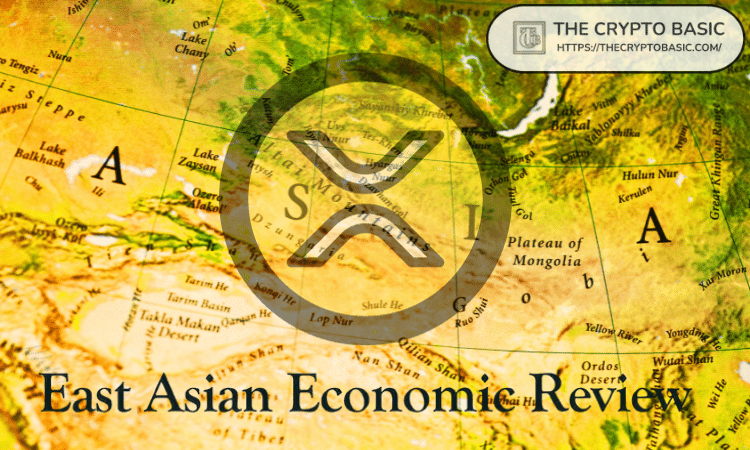A recent research report from Myongji University in South Korea has provided insights into the predictability and dynamics of cryptocurrency returns, with a focus on XRP, BTC, and ETH.
The study, titled “In-Sample and Out-of-Sample Predictability of Cryptocurrency Returns,” used XRP, Bitcoin, and Ethereum to make their findings. The university published the report under East Asian Economic Review volume 27.
Notably, it sought to determine how various external factors, such as the US dollar index (DXY) and the prices of gold, could influence cryptocurrency prices.
WrathofKahneman, a prominent influencer in the XRP community, spotlighted the development in a recent tweet.
Recent study out of East Asian Economic Review, "In-Sample and Out-of-Sample Predictability of Cryptocurrency Returns". Along the way they make some interesting comments about #XRP as a hedging instrument. (yes, they call it #Ripple coin; let it go..) https://t.co/gRKA9J8Xoq pic.twitter.com/K0NKF4YbbG
— WrathofKahneman ? (@WKahneman) September 27, 2023
The Research Report
Notably, the research presented data on the daily closing prices and continuously compounded returns on Bitcoin, Ethereum, and XRP. It analyzed data from November 2017 to June 2023, coming up with a total of 1,415 observations.
Moreover, the study employed log returns on the three assets as dependent variables. It included asset-specific and non-asset-specific variables as regressors in predicting regressions for their returns.
The research findings revealed that, within the sample and when applied to data outside the sample, the trading volume of cryptocurrencies consistently emerged as the most dependable indicator for forecasting cryptocurrency returns.
It argued that investors’ demands for XRP, BTC, and ETH rise when market risks loom, noting that such increased demand consequently boosted asset returns.
Meanwhile, after deep studies of the crypto prices, the study asserted that XRP, BTC, and ETH exhibited extreme volatility during the sample period.
Also, it mentioned that the daily trading volumes peaked at notable levels, with Bitcoin reaching 2.2 trillion KRW ($1.62 billion) in December 2017.
Similarly, Ethereum reached 2.9 trillion KRW ($2.13 billion) in May 2021. On the other hand, the study mentioned that XRP hit its highest daily trading amount at 5.4 trillion KRW ($3.98 billion) also in May 2021.
XRP, BTC, and ETH Return Distribution
Furthermore, the report highlighted that the distribution of returns for Bitcoin and Ethereum skewed to the left, whereas returns for XRP skewed to the right.
In simpler terms, the skewness in BTC and ETH distribution returns implies a greater concentration of negative returns. On the other hand, the return distribution for XRP has a greater concentration of positive returns.
Besides, the study highlighted that the estimates of GOLD and DXY were negative in XRP return prediction regressions, just like in Ethereum. Yet, it noted they were not statistically significant.
Per the report, its findings indicated that XRP, like Bitcoin and Ethereum, could serve as a risk management asset against the US dollar or gold when investors sought to hedge against market uncertainties.
Disclaimer: This content is informational and should not be considered financial advice. The views expressed in this article may include the author's personal opinions and do not reflect The Crypto Basic’s opinion. Readers are encouraged to do thorough research before making any investment decisions. The Crypto Basic is not responsible for any financial losses.
-Advertisement-


